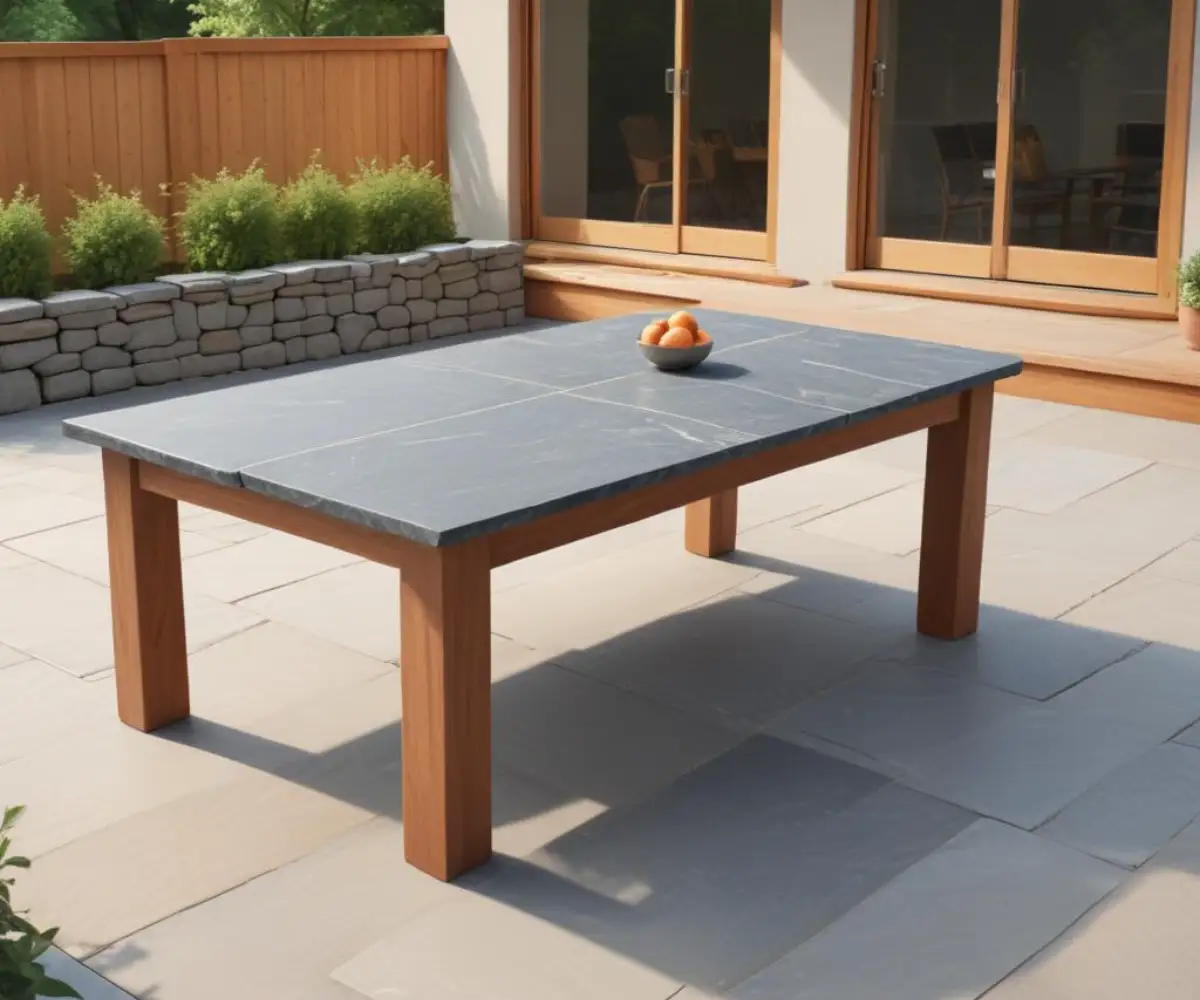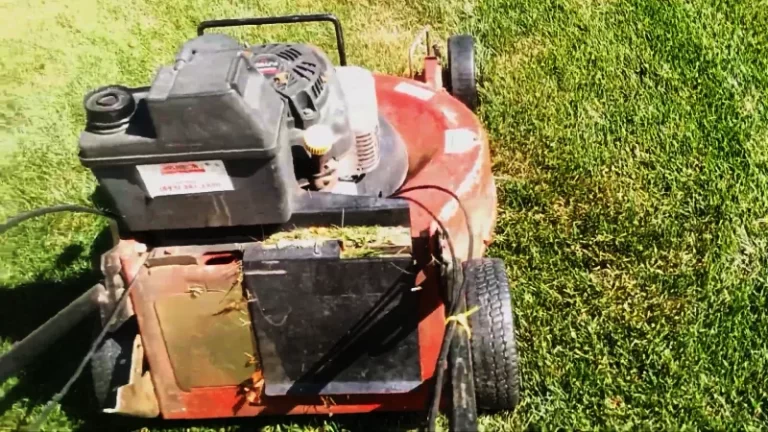Bluestone Table Top Stains? Your Ultimate Care Guide
A bluestone table top offers a unique blend of natural beauty and rugged durability, making it a stunning centerpiece for any dining room or patio. Its deep, earthy tones and subtle variations in texture provide a sophisticated aesthetic that few other materials can match. However, the very nature of this beautiful stone can also be the source of a significant problem for owners: its susceptibility to staining, etching, and weathering.
Many potential buyers hesitate, worried that a simple spill of wine or a forgotten coaster could permanently mar the surface. This fear isn’t unfounded. Bluestone is a porous material, meaning it can absorb liquids that lead to discoloration and damage if not properly cared for. The challenge lies in preserving its pristine appearance without succumbing to a demanding and complicated maintenance routine.
You'll Learn About
Unlocking the Secrets of Bluestone: More Than Just a Pretty Stone
To solve the problem of bluestone maintenance, one must first understand the material itself. “Bluestone” is a broad commercial term, not a specific geological one. This is a critical distinction that many guides overlook. Most bluestone sold in the United States is a type of sandstone quarried in regions like Pennsylvania and New York, prized for its dense composition and characteristic blue-gray hue.
However, some imported stones marketed as bluestone are geologically different, such as basalt or certain types of slate. These variations directly impact the stone’s porosity, hardness, and reaction to different substances. True sandstone bluestone is composed of sand, minerals, and rock fragments, making it inherently porous and vulnerable to acidic substances like lemon juice or vinegar, which can etch the surface, leaving dull, light-colored marks.

The Finish Line: How Surface Texture Affects Durability
The finish of your bluestone table top plays a crucial role in its resilience against daily wear and tear. Two primary finishes are commonly available: natural cleft and thermal. Understanding their differences is key to proactive care.
Natural cleft bluestone is split along its natural layers, resulting in a textured, slightly uneven surface that highlights the stone’s rustic character. While this finish is excellent for slip resistance on patios, the subtle ridges and valleys can make it slightly more challenging to clean. Spills can pool in the lower areas, requiring more diligent wiping.
Thermal bluestone, also known as flamed bluestone, undergoes a heat treatment where high temperatures cause the surface grains to pop, creating a more uniform, lightly pebbled texture. This process results in a smoother, more consistent surface that is often easier to wipe clean. The aesthetic is more modern and sleek compared to the rustic appeal of a natural cleft finish.
The Proactive Protection Plan: Sealing Your Bluestone Table Top
The single most important step in preventing stains and simplifying maintenance is sealing your bluestone table top. Sealing is not optional; it is essential for long-term durability. A high-quality sealer penetrates the stone’s pores and creates a protective barrier that repels water, oil, and other liquids, giving you more time to clean up spills before they can cause damage.
There are two main categories of sealers: penetrating/impregnating sealers and topical sealers. For a natural stone like bluestone, a penetrating sealer is almost always the superior choice. It soaks into the stone to protect it from within without creating a glossy film on the surface, preserving the natural look and feel of the table.
Step-by-Step Sealing Guide
Applying a sealer is a straightforward process that can be done in an afternoon. First, ensure the table top is impeccably clean and completely dry. Any dirt or moisture trapped under the sealer will be sealed in. Apply the sealer evenly with a clean, lint-free cloth or a foam brush, following the manufacturer’s instructions. Allow it to penetrate for the recommended time, then wipe away any excess from the surface. The table will need to cure for a period, typically 24-48 hours, before it’s ready for regular use.
Mastering Daily Care and Emergency Spill Response
Once sealed, daily maintenance for your bluestone table top is remarkably simple. The goal is to keep abrasive dirt and grit off the surface and to clean spills quickly. For routine cleaning, use a soft cloth or sponge with a pH-neutral cleaner specifically formulated for natural stone. Avoid acidic cleaners, vinegar, and harsh chemicals, as they can strip the sealer and damage the stone.
Accidents happen, but with a sealed surface, you have a window of opportunity to act. The key is speed. Blot spills immediately with a clean, dry cloth. For tougher spots, a little pH-neutral cleaner on a damp cloth is usually sufficient. Being prepared with a small “stone care kit” containing a pH-neutral cleaner and microfiber cloths can make all the difference.
The Ultimate Bluestone Stain Removal Guide
Even with the best care, stubborn stains can sometimes occur. Identifying the type of stain is the first step to removing it effectively. This table provides a quick reference for tackling common culprits.
| Stain Type | Cause | Recommended Cleaning Solution |
|---|---|---|
| Oil-Based (Grease, Cooking Oil) | Food spills, lotions | Create a poultice paste with baking soda and water. Apply to the stain, cover with plastic wrap, and let it sit for 24 hours before gently removing. |
| Organic (Coffee, Tea, Wine) | Beverage spills, leaves | Clean with a few drops of ammonia mixed with a 12% hydrogen peroxide solution. This is best for outdoor stone where ventilation is ample. |
| Water Spots / Rings | Hard water minerals, condensation | Buff the area with a dry, super-fine #0000 steel wool pad. Use light pressure and test in an inconspicuous area first. |
| Etch Marks (Dull Spots) | Acidic substances (lemon, vinegar) | Minor etching can sometimes be buffed out or masked with a stone color enhancer/sealer. Severe etching requires professional honing. |
Repairing Scratches and Chips Like a Pro
Bluestone is durable, but not indestructible. Scratches and small chips can occur, especially in high-traffic areas. For light surface scratches, you can sometimes buff them out using very fine-grit automotive sandpaper (1000 grit or higher), used wet. Always work in gentle, circular motions and follow up by reapplying sealer to the area.
For deeper chips, it’s best to save the broken piece if possible. A stone repair professional can use an epoxy or resin specifically designed for natural stone to adhere the chip back in place and polish the repair until it is virtually invisible. Attempting a DIY fix on a significant chip without the right materials can often make the damage more noticeable.
Special Considerations for Outdoor Bluestone Tables
Using a bluestone table top outdoors exposes it to a wider range of challenges, including weather, UV rays, and organic matter like leaves and pollen. An outdoor table must be sealed meticulously to prevent moisture from seeping into the stone, which can cause cracking during freeze-thaw cycles in colder climates. The timeless appearance of bluestone is a fantastic choice, contrasting beautifully with other design elements, such as the clean lines you might achieve when installing subway tile with no spacers in an adjacent outdoor kitchen.
Ensuring your patio has adequate drainage is also crucial for the longevity of your outdoor furniture. If water tends to pool, it can lead to issues like efflorescence (a white, powdery deposit on the stone) and can compromise the table’s base over time. For homeowners with heavy clay soil, understanding how French drains work in clay soil can be an essential part of a holistic approach to protecting your outdoor living space.
Winterizing Your Outdoor Table
In regions with harsh winters, it is highly recommended to cover your bluestone table. Use a breathable, waterproof cover that allows air to circulate, preventing moisture from being trapped against the surface. Before covering for the season, give the table a thorough cleaning and ensure it is completely dry. This seasonal prep is just as important for your outdoor assets as addressing indoor changes, like figuring out why your apartment heater is making noise as the weather turns cold.
A Worthwhile Investment in Enduring Style
A bluestone table top is a significant investment that brings unparalleled natural elegance to your home. While it requires more mindful care than laminate or manufactured materials, its maintenance is far from overwhelming. The perception of it being a “high-maintenance” material often stems from a lack of understanding of its properties.
By choosing the right type of bluestone, understanding its finish, committing to a proper sealing schedule, and practicing swift and correct cleaning techniques, you can easily overcome the challenges. With this knowledge, you can confidently protect your investment, ensuring your bluestone table remains a source of beauty and pride for many years to come.

